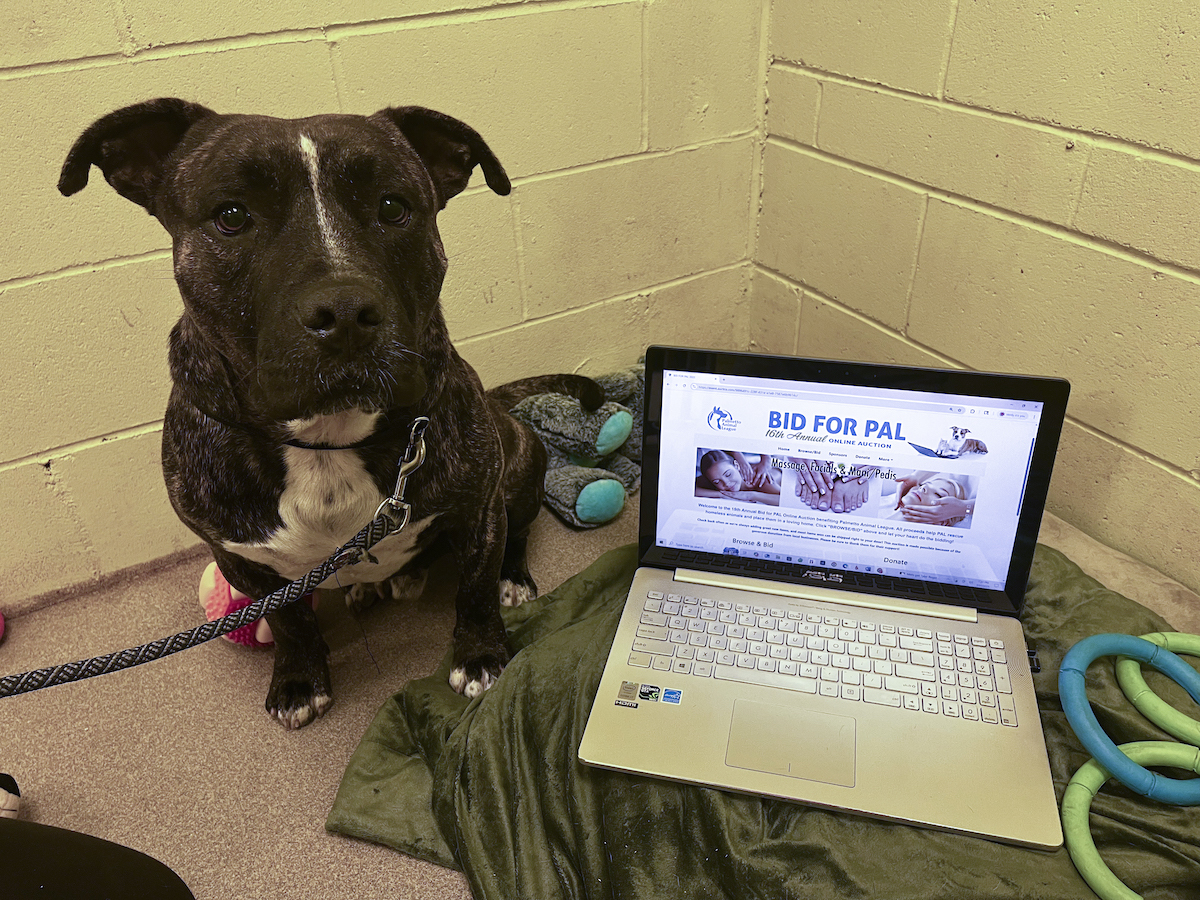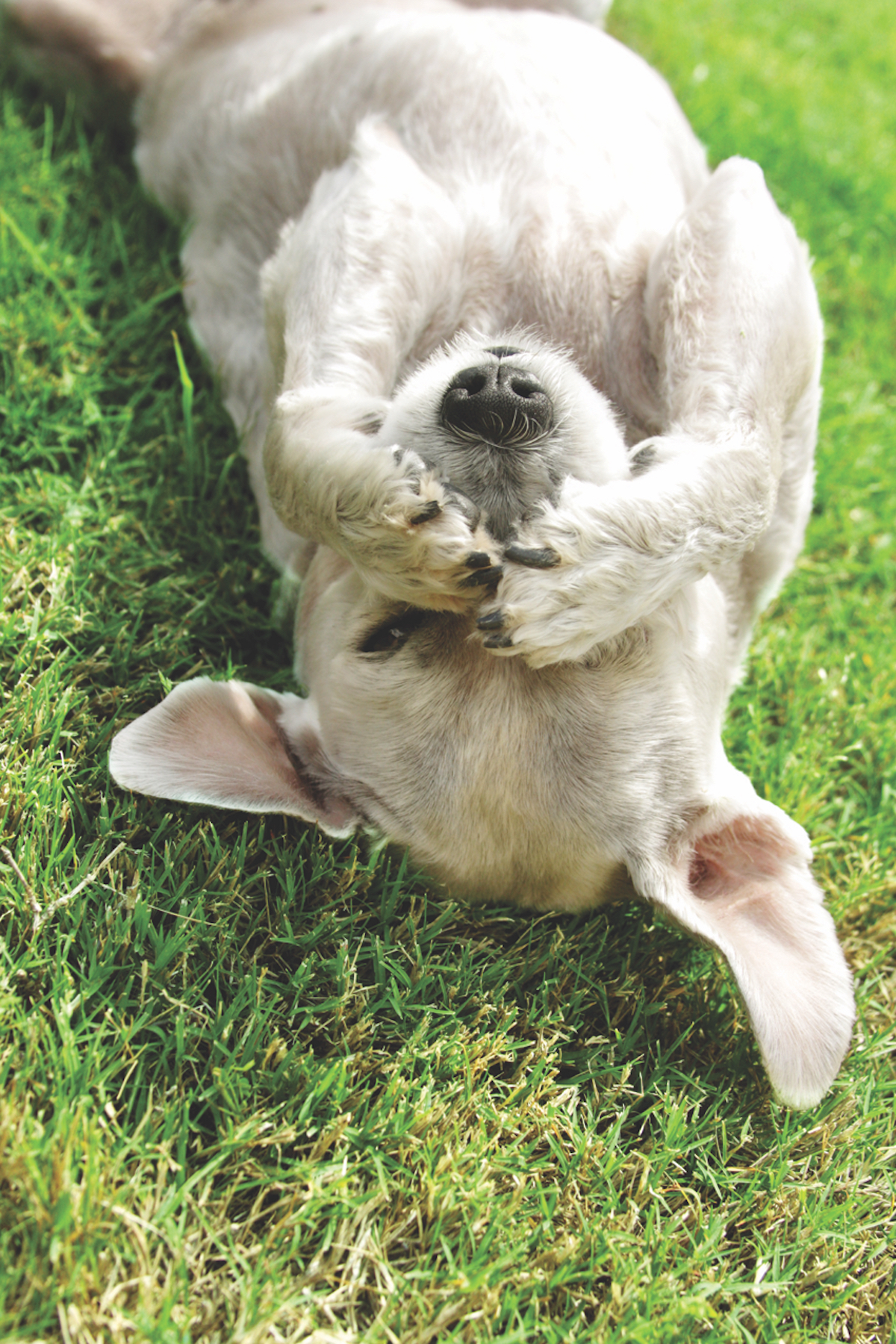By Dr. Parker T. Barker
Training your dog isn’t a topic of discussion about whether you should or shouldn’t do it. In my opinion, it is an absolute necessity if you want a balanced, happy, confident dog.
The old fashioned methods of training known as the dominance and punishment-based philosophies are now history. No more hitting your dog with a rolled up newspaper to tell him what not to do. Making yourself the “pack leader” in the eyes of your dog doesn’t mean that you are the one to discipline him all the time. Being the “boss” can be achieved by using training methods based on positive reinforcement rather than just fear. The fear approach is doomed to fail from the start because the methods used to establish this dominant status are physically and psychologically damaging to your dog and dangerous for you. Positive training, which rewards and motivates a dog for good behavior, allows you to foster a relationship with your dog based on mutual trust and respect instead of fear and intimidation. Dogs that are taught using positive reinforcement methods are more tolerant, self-controlled and behave much more predictably in different situations.
Honestly, most dogs just want to please their owners, they just need to know what it is you want them to do. Since I’ve moved to South Carolina, I’ve noticed that dogs down here don’t get as much training as they do “up north” whether it is positive or otherwise. But a trained dog is so much happier in so many ways; it is a shame that more dog owners don’t do it more often.
So, why should you train your dog?
Every dog needs to be able to live successfully in their own home. In order to do that, they need “life skills”. You need to teach your dog basic behavior skills like “sit”, “stay”, and “come” which are important but it is much more than that. Dogs also need enough mental stimulation and physical exercise to prevent them from becoming stressed out which often leads to destructive chewing, inappropriate barking, aggressive display towards people and/or other dogs or other unwanted behaviors.
Let me give you an example of the advantages of managing your dog’s environment. Imagine you have a very friendly puppy who loves to meet new people. When someone comes to the door, he typically greets the guest with great enthusiasm and jumps up on them. That jumping part? Not so good. Teach the puppy how to meet someone new without jumping on them. He needs to learn that he can get excited about meeting someone new without jumping. This is called training.
Now imagine a fearful, wary dog in this same situation. When someone comes to the door take pressure off him by putting him behind a baby gate or in her own room as the guest enters. This will help keep stress at bay and your dog emotionally stable.
Increasing your dog’s enjoyment of social interaction will give him the confidence to deal with the pressures of domestic life. Training your dog to have good manners and behave well in different situations not only requires effort, but also consistent commitment to ensure success.
By putting your dog in different situations where he can observe and ‘converse’ at a distance is as important as teaching him to accept physical touch. You need to control the environment. This is particularly important with rescue dogs as you don’t know what happened to them in their early, formative months or years. For example, don’t let people just walk up to your dog without asking permission. If you agree to the request, then suggest that scratching your dog under his chin is preferable to patting him on the head. I hate getting patted on the head. You will see me physically flinch and pull away. Sadly it reminds me of some not so good times in my life when I was a puppy and people would hit me on top of my head. I see that hand coming down and know it is going to hurt. Protect your dog from situations that are going to make them uncomfortable.
If you have the kind of dog that does not interact well with others, put a yellow ribbon on your leash to let people know at a distance that you want to be left alone to enjoy your walk.
Training your dog builds up a language between the two of you that promotes security and comfort. The more time you invest teaching your dog to live successfully in a human world the more you will avoid problem behaviors that come from their lack of understanding.
Unfortunately, many dogs end up being punished for negative behavior that could have been avoided if they had been trained initially. And these negative behaviors are a common reason why dogs are surrendered to the pound or animal control. Many dogs respond well to cues such as “sit” and “stay” in the classroom, but out of the classroom it is a different story. You, the owner, and the rest of the family, all need to be consistent and continually reinforce the training every day. School isn’t a magic place where your puppy goes and comes back “all trained” with no further work on your part. Consistency is the real key to a well-balanced dog that reacts properly in every situation he may find himself in. Problems can usually be fixed if people would take some time to train their dog. Remember, dogs don’t know how you want them to act, you have to teach them!
You’ve no doubt heard the adage, “You can’t teach old dog new tricks.” If you have an older dog, you’ll be relieved to know that, for the most part, this old wives tale is false. Older dogs are perfectly capable of learning. Take me for example, I’m nine years old and I am learning every day. It might take me a little longer because I’m getting stiff and arthritic but I will still try. Hold a treat in front of me and I’ll jump through hoops if that is what it takes to get that theat. Love those treats.
So there you have it. Make the investment in training your dog. It will pay you back 1000% when you have a well behaved, confident, secure dog.






